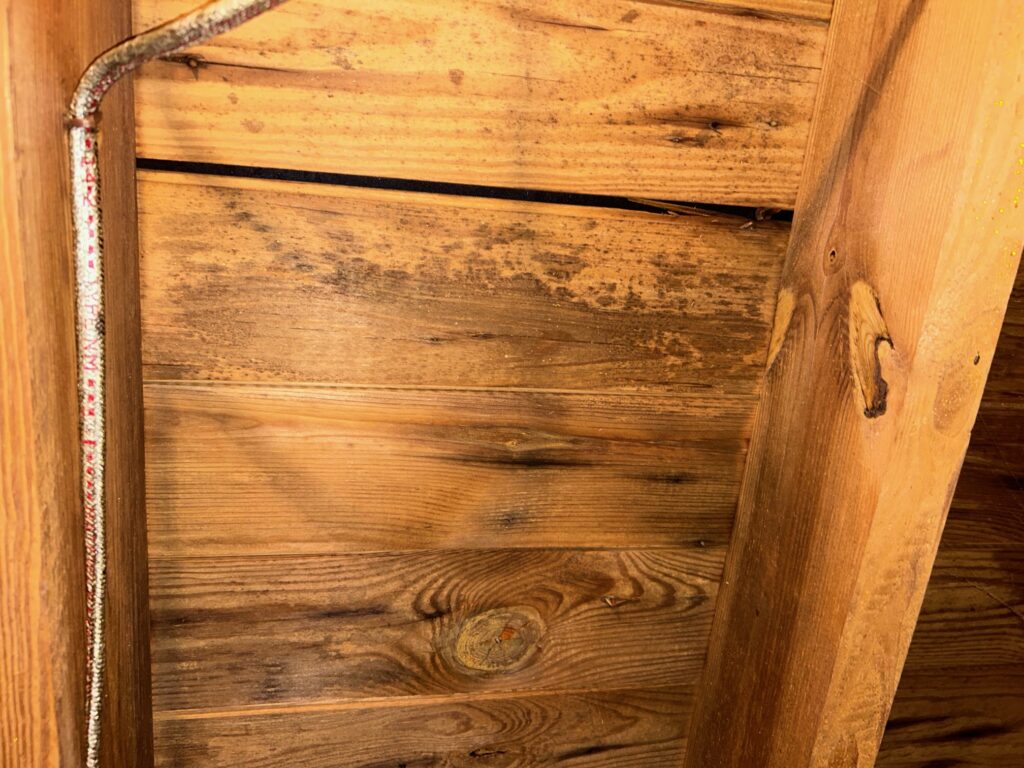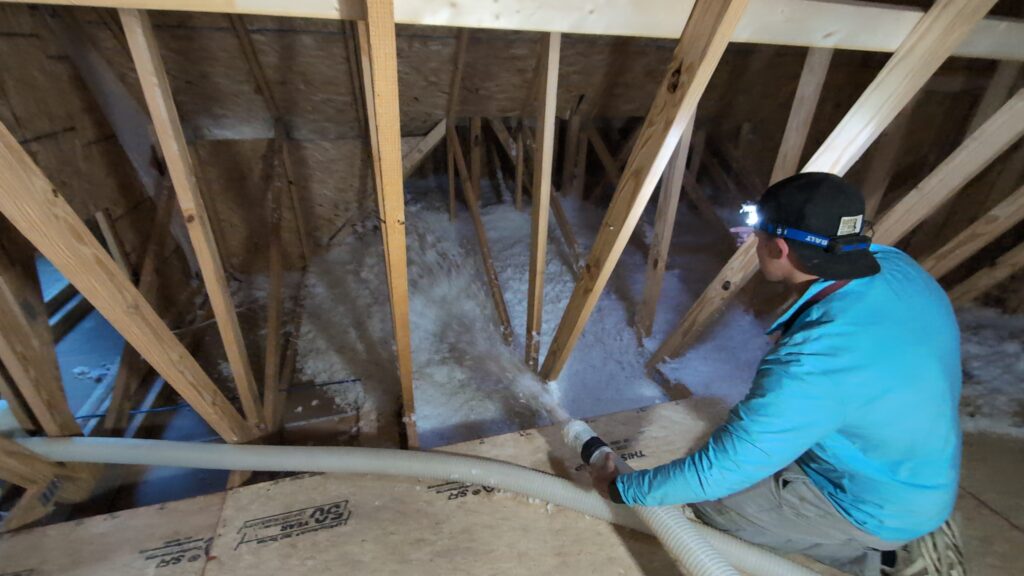Battling Attic Mold: A Central Virginia Homeowner’s Guide
Mold is a homeowner’s worst nightmare. It creates a uniquely unsettling feeling, and discovering it in your attic can be particularly distressing. The attic, often an unseen and infrequently visited but essential part of your home, requires attention. Understanding the causes of mold growth in your attic is the first step toward prevention and addressing the problem. This post will break down the causes of mold, why it matters, and how to protect your home from an outbreak.

Why Should I Care About Attic Mold?
Mold isn’t simply a nuisance; it’s a serious health and structural hazard. Mold spores travel through the air and can trigger allergies, respiratory issues, and even asthma attacks. Aside from these health concerns, mold can also damage the structure of your home. Mold thrives on organic materials like wood and insulation, and over time, it can deteriorate these materials, leading to an unstable home. This results in costly repairs and a dangerous living situation. Attic mold thrives in dark, humid environments—conditions often found in attics. Attics are particularly susceptible due to temperature fluctuations and lack of proper moisture control.

The Culprits Behind Attic Mold
As mentioned, attic mold thrives in dark, damp environments with poor ventilation. Here are the major contributing factors to mold growth:
- Moisture Intrusion: Have you had a roof leak? Has flashing around chimneys or vents been damaged by rodents or storms? Even condensation from an improperly vented bathroom or kitchen fan can introduce moisture into your attic.
- Poor Ventilation: Do you have an attic fan? If not, there may be insufficient airflow in your attic, creating a perfect breeding ground for mold.
- Humidity: Even with efforts to maintain a moisture-free attic, Central Virginia is known for its high humidity, especially during the summer. Significant moisture buildup is often unavoidable.
- Insulation Issues: Improperly installed or insufficient insulation can exacerbate temperature fluctuations and condensation. Warm, moist air can condense on cold surfaces, like the underside of the roof deck, leading to mold.
Maintaining a Mold-Free Attic: A Proactive Approach
Prevention is always better than repair. Here’s how you can maintain a healthy attic:
- Regular Inspections: Inspect your attic for stains or dampness on the roof line. Look for fuzzy patches that appear black, green, or white—these indicate attic mold. Look for other signs of discoloration or wavy lines in the wood. Inspect your attic at least twice a year, ideally in the spring and fall.
- Ensure Proper Ventilation: Check your attic ventilation system. Make sure soffit, ridge, and gable vents are clear of obstructions like insulation or debris. Consider adding more vents if necessary.
- Address Leaks Promptly: If you find a leak, don’t delay repairs. Even small leaks can lead to significant mold damage.
- Control Humidity: In addition to proper ventilation, consider using a dehumidifier in your home, especially during humid months. Ensure bathroom and kitchen exhaust fans are properly vented to the outside.
Addressing Insulation and Moisture Concerns
Insulation plays a vital role in regulating attic temperature and preventing condensation. If your insulation is damp, damaged, or insufficient, it needs attention. Here’s what to look for:
- Signs of Insulation Damage: Look for signs of water damage, mold growth, or pest infestation in your insulation. If it’s compressed, matted down, or unevenly distributed, it’s not performing optimally.
- When to Replace Insulation: If your insulation is significantly damaged by mold or water, it’s best to replace it. This is also a good opportunity to upgrade to a higher R-value insulation for better energy efficiency (R-49 is ideal for attics).
Professional Mold Remediation and Prevention

If you discover mold in your attic, it’s crucial to address it properly. While small areas of surface mold might be manageable with DIY methods, larger infestations require professional mold remediation.
Vance Insulation offers professional mold remediation services for attics in Central Virginia. We can assess the extent of the mold problem, safely remove the mold, and apply a fungicide to affected areas to prevent future growth. This process effectively restores your attic, ensuring a healthy and safe home environment.
By understanding the causes of attic mold and taking proactive steps to prevent and address it, you can protect your home and your family’s health. Don’t let mold take hold in your attic—take action today!

